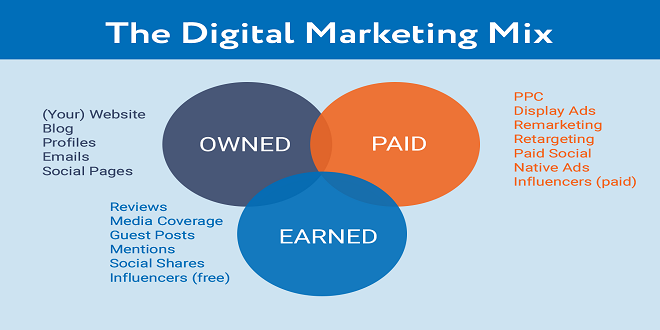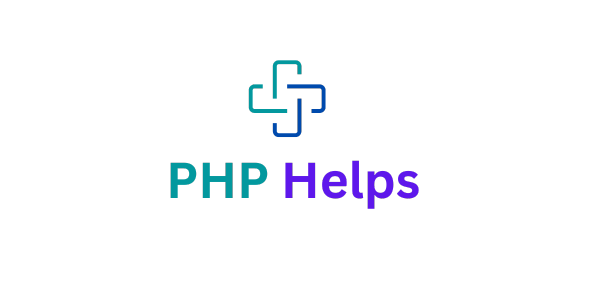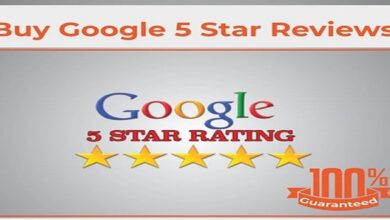Overview of Digital Content Channels

Perhaps the most critical point to bear in mind is that all these channels are tools. They’re a means to an end, and that end comprises both your strategy and your goals. “We need a Facebook page!” (or whatever the channel du jour happens to be) is a call that’s been echoing for far too long in far too many marketing meetings. Maybe you do need a Facebook page. Maybe you don’t. Just because all the other kids are doing it doesn’t mean you have to, too. The right time to get on board is when you have a well-conceived reason to leverage the channel, not simply because it’s there.
Social Networks
Defined by Wikipedia as “a social structure made up of individuals (or organizations) called “nodes,” which are tied (connected) by one or more specific types of interdependency, such as friendship, kinship, common interest, financial exchange, dislike, sexual relationships, or relationships of beliefs, knowledge or prestige,” social networks are far more familiar these days by their brand names, such as Facebook, Google+, or MySpace.
Description
If you don’t know Facebook, well, where have you been? With over half a billion users, if Facebook were a country, it would be the third-biggest one on the planet. Its current U.S. audience is estimated by eMarketer to exceed 132 million users and is expected to rise to more than 152 million by 2013. Among teens and younger users, penetration is greater than 80% and will be nearing 90% in a couple years’ time.
Facebook, in short, is the online mass media channel, not just the leader in social networking, as illustrated in Figure 10.1. According to Mashable, users spend more time on Facebook than on Google, Yahoo, YouTube, Microsoft, Wikipedia, and Amazon—combined.
Google+
Among social networks, Google+ is very much the new kid on the block, having launched in late June 2011. As with nearly everything that Google launches, the buzz was intense, and the clamor to get an invitation to join was nearly deafening. Heralded as a “content sharing” platform, Google+ makes it easy to share all types of content. It’s most differentiating feature is empowering users to answer the question: Share what with whom? Unlike Facebook and LinkedIn, where users share with their entire networks, Google+ encourages segmentation into “circles.” Users can have groups of coworkers, friends, family, baseball fans, fishing buddies— anything they can think of that’s relevant. After all, that thrash metal video you want to share with your friends in the dorm isn’t necessarily something you want Grandma to click on. Google understands this
Although Google has opened the platform to the public, it’s still on the fence about letting brands, companies, products and other nonhuman entities on to the platform. At launch, the Ford Motor Company was the only brand on the platform. It remains to be seen what features will roll out on Google+ in general, and more specifically, what marketers and commercial entities can and can’t do on the platform
Last word
Google+ is the fastest-growing social network in history. Google has an enormous user base, and thanks to Facebook, they’re well acquainted with social networks. In its first two weeks, Google+ already had 10 million registered users, a number that continues to grow rapidly.





